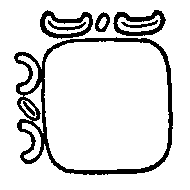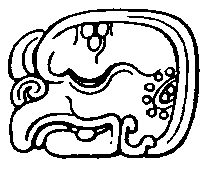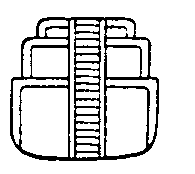   yakunah(my attempt at writing LOVE in Mayan)In the time of the ancient Maya, marriage was arranged between adults and priests with the aim of procreating large families, love between the man and woman was not a consideration. An important ceremony named the "Descent of the Gods" marked the conversion from childhood to puberty. Both boys and girls (aged 16 and 12 respectively) wore special jewelry, which was later symbolically removed: boys white beads in their hair and girls a red shell in their belts—representing their virginity. A short time after this ceremony, parents began to think of marriage for their children. A bridegroom's family would hire the services of a professional atanzahab (matchmaker) to examine the prospective couple's horoscopes, make sure there was no celestial problem between the gods of their birthdays and study their names. For example, Nic, or little flower (for the bridegroom), and Bacal, or little corncob (for the bride), would be viewed as an eminently compatible couple. The matchmaker also negotiated between the couple's families. The bride's father wanted a suitable price for his daughter while the bridegroom's father settled the time his son would have to work for his parents-in-law, a period which could vary from five to six years. All depended on the atanzahab's ability. Once the date of the wedding was set, preparations began at the bride's house. For the guests, who usually came with generous presents, there was a feast of turkey tamales (cornmeal steamed dumplings), beans, potatoes and tortillas. The mother of the bridegroom wove and embroidered a loincloth decorated with parrot feathers for her son and a skirt and brocaded blouse for her future daughter-in-law. During the wedding ceremony—at which point they still probably wouldn't have exchanged a single word—the couple were blessed by the priest and prayed to the gods, although there was no special deity of love. There was certainly no honeymoon: the next day life went on as usual. Most couples were monogamous although men could be polygamous. Divorce was allowed, as were second marriages. In some areas of the Mundo Maya, if the man was not satisfied with his wife, he could return her to her parents' house, but only during the first year of their marriage. Fray Diego de Landa, who described 16th-century Mayan life in Yucatan Before and After the Conquest, wrote: "They divorce easily because they marry without love, and are ignorant of married life and the duties of married people." The above information was found at http://www.mayadiscovery.com/ |